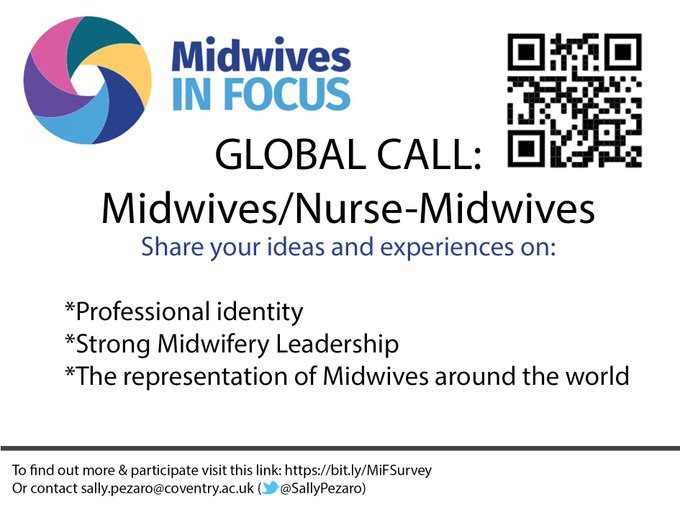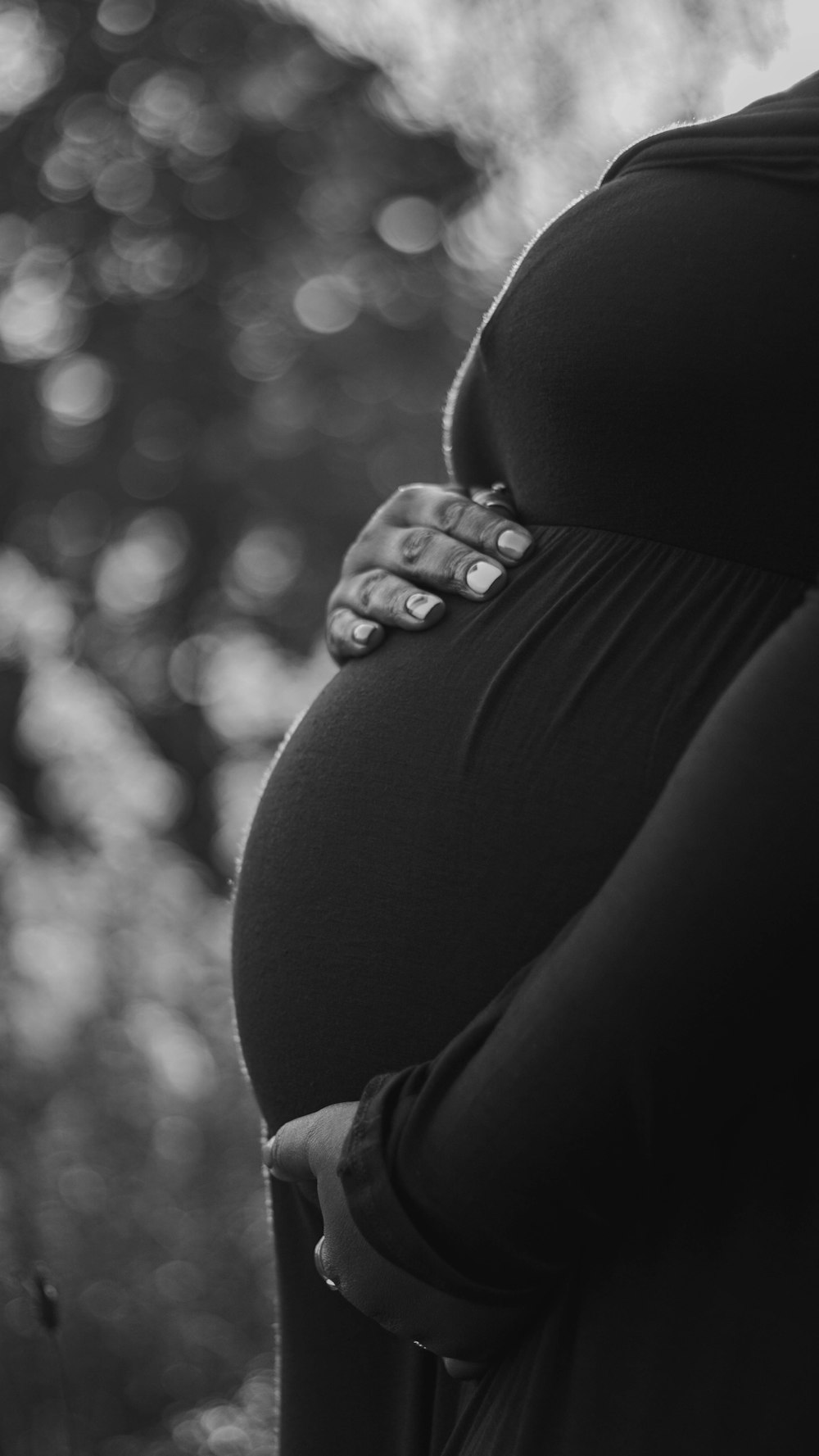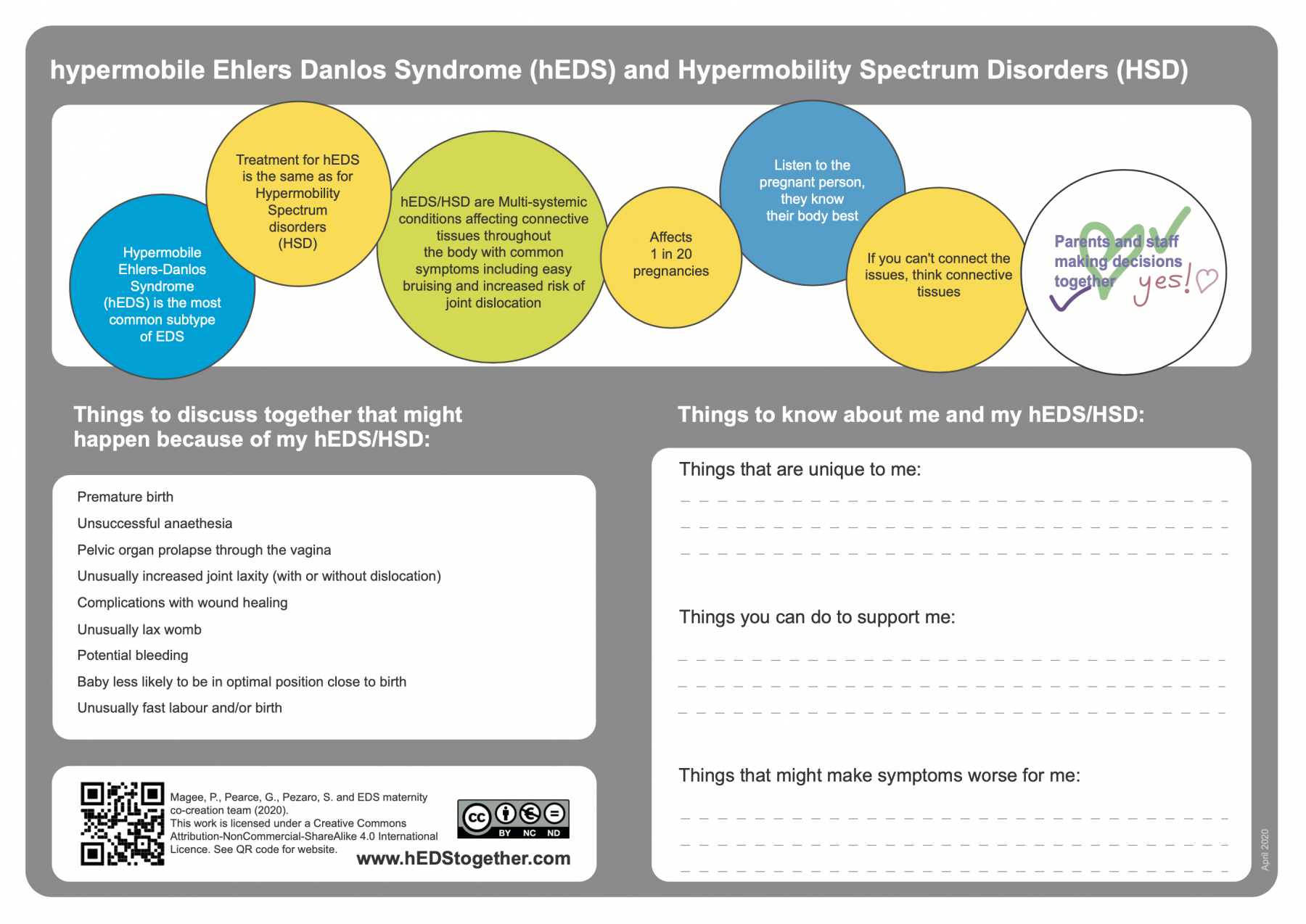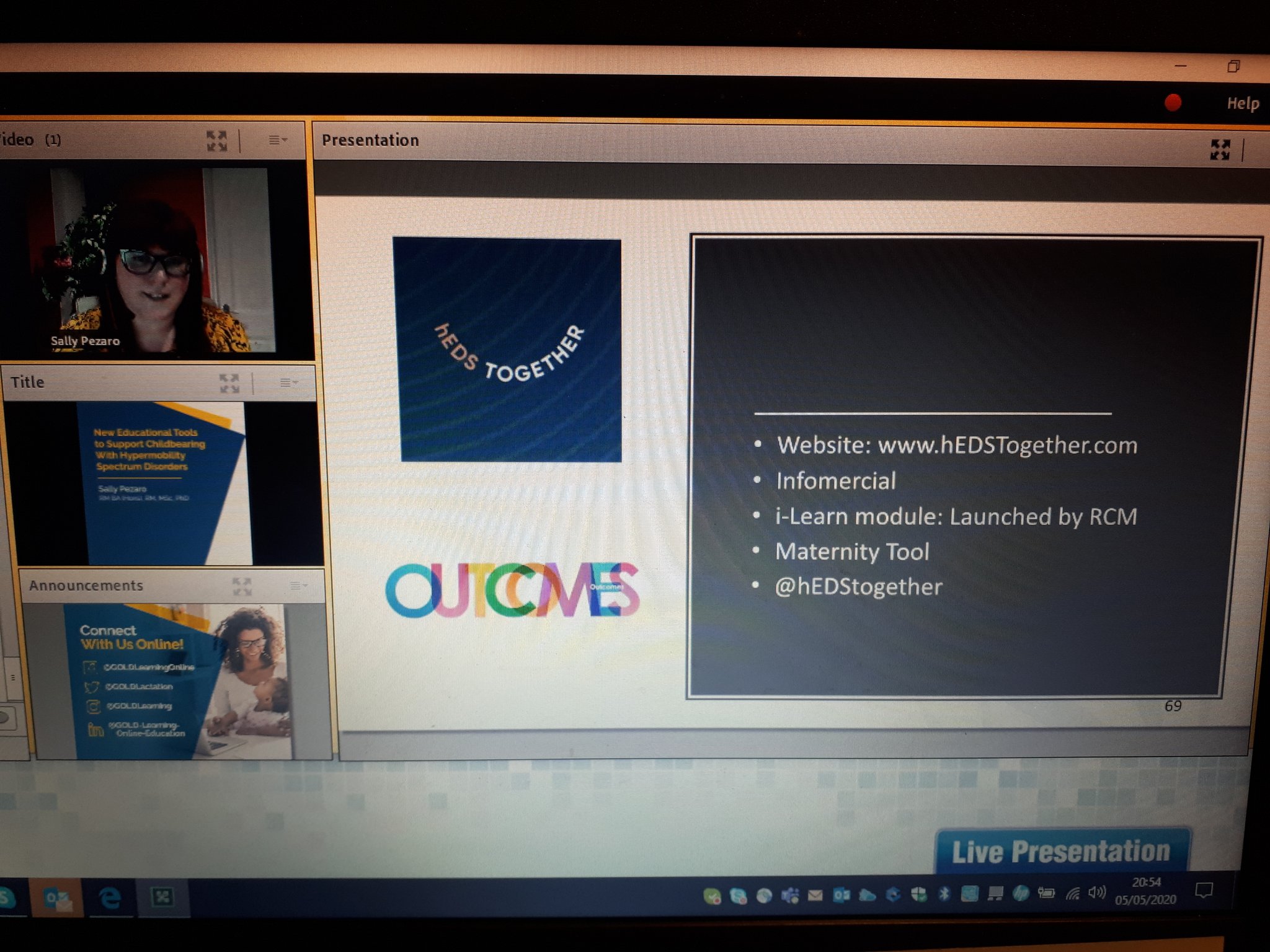The following post is a guest blog by Nicole Allen:

We all know the process of childbirth, but it’s no less magical. Advances in science make the procedure very safe for both the baby and the mother in most countries. It’s routine for most hospitals, except in rare cases when the patient experiences complications. But this wasn’t always the case.
There are countless faces of midwives whose knowledge was passed on from generation to generation. Even today, there are would-be mothers in some parts of the world with no access to doctors who rely on midwives to deliver their babies.
“Midwife”, the common term used for a birthing assistant, comes from Middle English and literally means “with a woman”. In France, they call her (or him; there are male midwives) a “sage-femme” or “wise woman.” The profession predates the medical and nursing professions.
The Prehistoric Way of Giving Birth
Our many-time great-grandmothers birthed their babies with the help of midwives dating back at least as far as biblical times and probably before recorded history. The earliest evidence of the existence of midwifery can be traced back to an ancient Egyptian papyrus (1550 BC). This shows that midwives assisted women in child delivery for more than 2,000 years without assistance from trained professionals.

The American Way of Giving Birth
In the early American colonies, children were birthed with the help of skilled and practised midwives who came from Britain, who in turn transferred these same skills to other women in an informal manner. Later, when West African midwives reached the shores of America to be used as slaves, they assisted in birth too.
After their emancipation, African-American midwives offered their care to poor women, in the rural parts of the South and were called “granny midwives.”
The American Indian tribes women continued to practice their own cultural birthing tradition, too, which sometimes included a midwife, female friend or relative.
The family experience of home birth narrated by Dervla Murphy in the book Untangling the Maternity Crisis supported the fact that most childbirth during the early 1900s was done at home. She was delivered at home in 1931.
Childbirth then was a regular occurrence at home and did not stimulate anxiety. Midwives were a familiar neighborhood figure who carried a big black bag during the birth of a neighbor.

The Medical Way of Giving Birth
In the last half of the 1800s, when medicine was professionalized in the US, midwifery became threatened as laws requiring formal education were slowly extended to midwives. Even though there were few midwifery schools, midwives were still needed and could not be totally eradicated since some doctors were unwilling to cater to poor populations. Some midwives continued to practice until the 1920s without government control.
It was in the 1910s and ’20s, the doctors started to lay down the foundation of a pathology-oriented childbirth medical model and usurp the traditional roles of midwives.
First, two studies found that the training most obstetricians received was poor and that hospitalization during birth would improve it. The poor, who most needed midwives, could go to charity hospitals instead. This would give the doctors more practice as well.
Then, in 1914, “twilight sleep”—delivery where the woman is anesthetized with a combination of morphine and scopolamine—was introduced. It was intended to relieve the pain and remove the memory of giving birth. This was widely accepted and desired by upper-class women.
About this time, a Dr. Joseph DeLee described childbirth as a destructive pathological process that damages the mother and the baby, and the only way to minimize this was through medically attended childbirth.
This claim made it impossible for midwives to facilitate child birth and made the use of ether, sedatives, forceps, and episiotomies routine. Child birth went from a physiological process to one in which the course of labor must be tightly controlled.
The value of midwives is being relearned, but there are new concerns.
Help for trauma
In more recent years, an aspect of the midwifery profession that is being looked into is the difficulties the midwives themselves experience during delivery. For instance, if s/he attends a traumatic birth, oftentimes s/he alone is there to handle it.
A 2015 study on the emotional and traumatic work of midwives and the commonly adversarial relationship with obstetricians (aptly titled “Midwives Overboard!”) shows that midwives may end up developing psychological and behavioral symptoms of distress, including compassion fatigue, post-traumatic stress disorder (PTSD), and secondary traumatic stress.
The United Nations Population Fund (UNFPA)’s increasing interest in the role of midwives underscores their importance in delivering children. Midwives play an important role in the achievement of its millennium development goals: reducing child mortality and eradicating maternal death. Midwives are a key element in the delivery of sexual, reproductive, maternal and newborn health (SRMNH) care worldwide, especially in rural areas.
To improve the delivery of patient care as well as the staff experience, maternity services must invest in the mental health and the well-being of all midwives, including nurse-midwives and obstetric nurses.

Author Bio:
Nicole is a freelance writer and educator based in the Michigan and believes that her writing is an extension of her career as a tutor. She covers many topics like travel, mental health and education. She is a key contributor at Chapters Capistrano where she covers topics like addiction recovery, holistic treatments and health education. When she isn’t writing, you might find Nicole running, hiking, and swimming. She has participated in several 10K races and hopes to compete in a marathon one day.

































